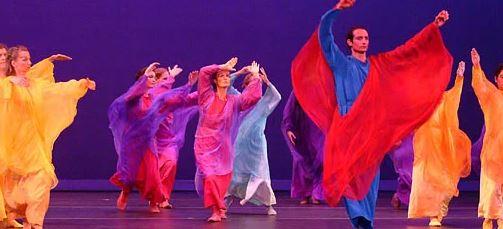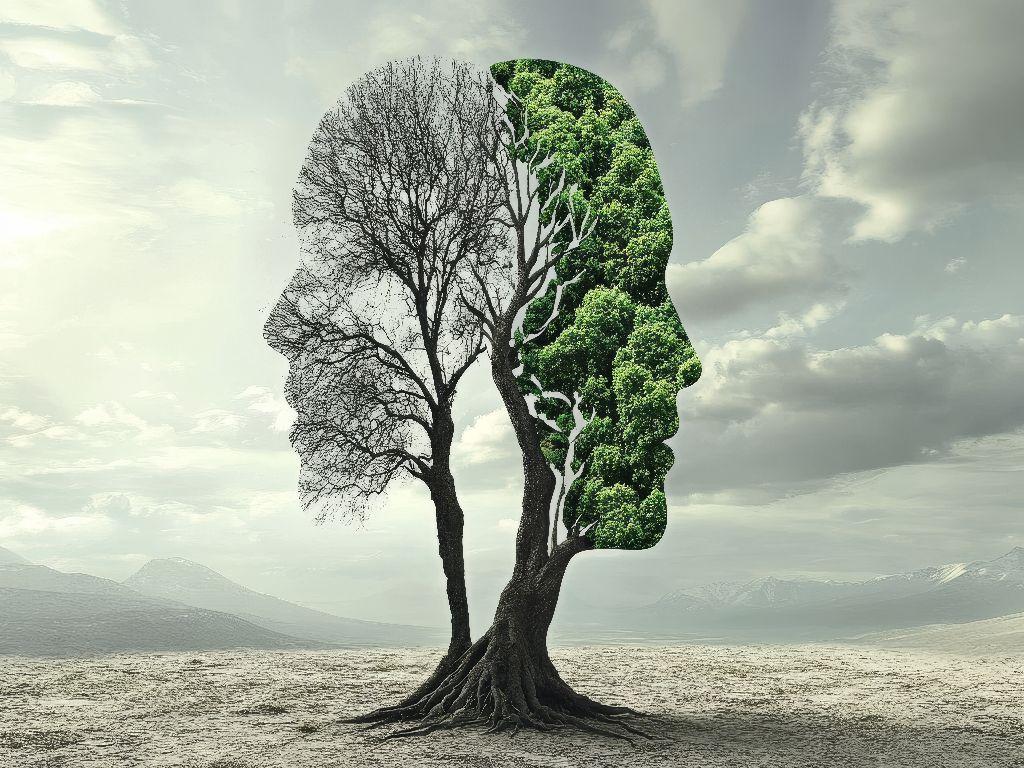Eurythmy

Eurythmy is a unique movement art developed by the Austrian philosopher and educator Rudolf Steiner in the early 20th century. The term "eurythmy" comes from the Greek words "eurys" (meaning "harmonious") and "thymos" (meaning "spirit" or "soul"), and it is often referred to as the "art of visible speech" or the "art of movement." Eurythmy integrates movement with speech and music, aiming to express the inner meaning of words, sounds, and musical tones through the human body in a coordinated and expressive way.
Key Concepts of Eurythmy:
-
Expression of Speech and Sound:
-
In eurythmy, speech sounds (vowels and consonants) are physically embodied through specific movements. Each sound has a corresponding gesture or form that is expressed through the body's posture and movement. The movement is meant to visualize the inner nature of the sound, with particular gestures representing different qualities of speech, like rhythm, tone, and emotional content.
-
For example:
-
The vowel "A" (as in "father") is expressed with a wide, open gesture, suggesting openness and expansiveness.
-
The consonant "B" (as in "ball") is represented by a movement that is more compact and enclosed, reflecting the solid, enclosing nature of the sound.
-
-
-
Music and Gesture:
-
Eurythmy also integrates music in a similar way, with movements that correspond to different musical notes, melodies, and harmonies. The movements express the qualities of the music, such as rhythm, melody, and dynamics, and can be performed as an accompaniment to instrumental music or vocal performance. Eurythmy can be seen as a form of dance that seeks to bring music and sound to life through the body.
-
-
Spiritual and Artistic Dimensions:
-
Rudolf Steiner, the founder of Anthroposophy, developed eurythmy as part of his broader educational philosophy, which also includes Waldorf education and other aspects of spiritual science. He viewed eurythmy not just as an art form, but as a spiritual discipline that could help individuals achieve a deeper connection with themselves, their environment, and the spiritual world.
-
Eurythmy is seen as a way to express the inner spiritual dimensions of the human being, integrating body, mind, and soul. It is often practiced as a path to personal transformation and as a way of developing the human capacity for spiritual awareness.
-
-
Types of Eurythmy:
-
Eurythmy for Speech: This is the form of eurythmy where the movements are directly related to speech sounds. It is often used in performances of poetry or literature, where the words are brought to life through movement, enabling the audience to experience the deeper meaning of the words on a more embodied level.
-
Eurythmy for Music: This form focuses on interpreting music through movement. It is often practiced in orchestral or choral settings, where the movement flows with the musical composition. Both the melodic and rhythmic elements of the music are expressed through the movements, creating a visual counterpart to the sound.
-
Eurythmy for Healing: A lesser-known aspect of eurythmy is its use in therapeutic contexts. Eurythmy therapy involves guided movements aimed at promoting physical, emotional, and spiritual healing. It is used in various settings, including hospitals and clinics, to help individuals with a wide range of ailments, from physical disabilities to emotional and psychological challenges.
-
-
The Role of the Performer:
-
In eurythmy performances, the practitioner not only embodies the external movement but also aims to express the inner meaning of the music or speech. The movements are not merely aesthetic or decorative; they are intended to communicate a deeper, spiritual meaning that can be perceived by the observer on a non-verbal, intuitive level. The goal is to reach beyond the intellect and engage the whole being, creating a sense of unity and harmony.
-
-
Eurythmy in Waldorf Education:
-
Eurythmy is a central part of the Waldorf education system, which was founded by Rudolf Steiner. In Waldorf schools, eurythmy is taught as a form of movement education that helps children develop coordination, concentration, and self-awareness. It also enhances their ability to engage creatively with language and music. Eurythmy in this context is viewed as an artistic and developmental practice that nurtures the child's emotional and spiritual growth.
-
Therapeutic Uses of Eurythmy:
Eurythmy therapy is a form of movement therapy that works with the rhythms of the body and the spiritual aspects of movement. It can be used to support individuals with:
-
Mental health issues such as depression, anxiety, and stress.
-
Physical ailments such as chronic pain, joint problems, or respiratory conditions.
-
Emotional and psychological issues, helping individuals become more aware of their inner states and helping to create balance and healing.
Eurythmy in Performance:
Eurythmy is also performed in artistic contexts, particularly in the eurythmy ensembles that are part of Anthroposophic communities. These performances often involve beautiful, flowing gestures that communicate the essence of poetry or music. Performances of eurythmy may focus on themes of human development, spirituality, or nature.
Conclusion:
Eurythmy is a fascinating art form that integrates movement, sound, and spirituality. It is not only a means of expression but also a path toward personal transformation and deeper spiritual insight. Its practice connects the human body to the rhythm of speech, music, and the cosmos, creating a bridge between the inner and outer worlds. Whether practiced for artistic, educational, therapeutic, or spiritual reasons, eurythmy offers a unique way to engage with life and the world around us.


